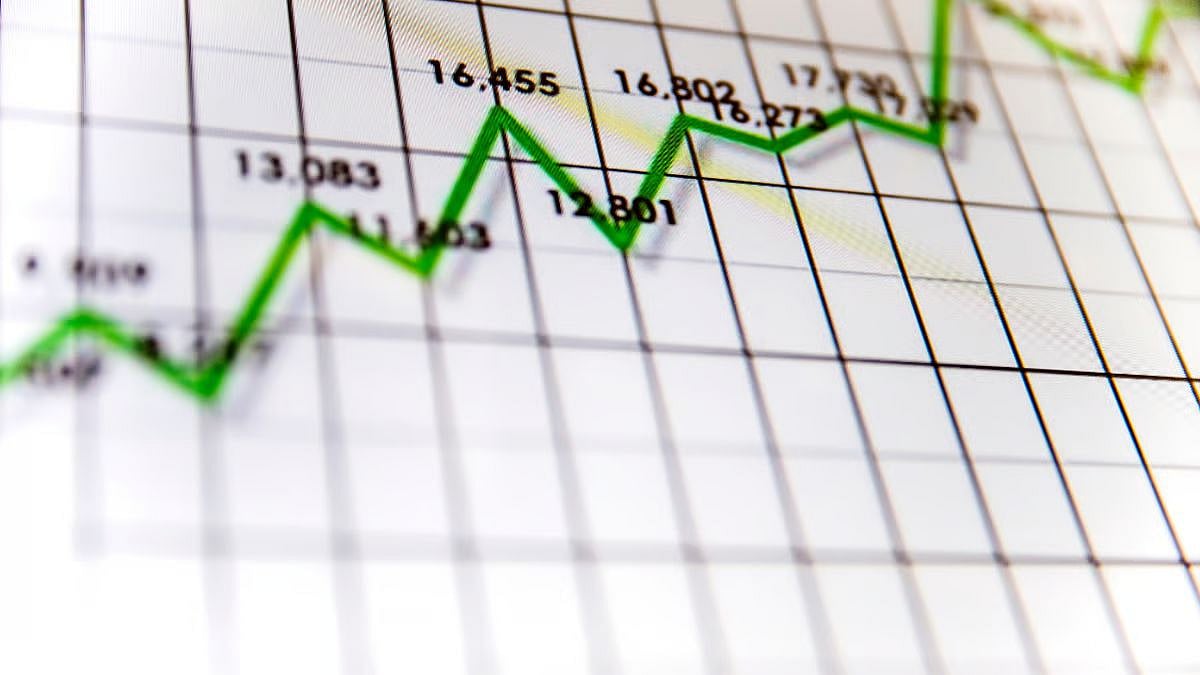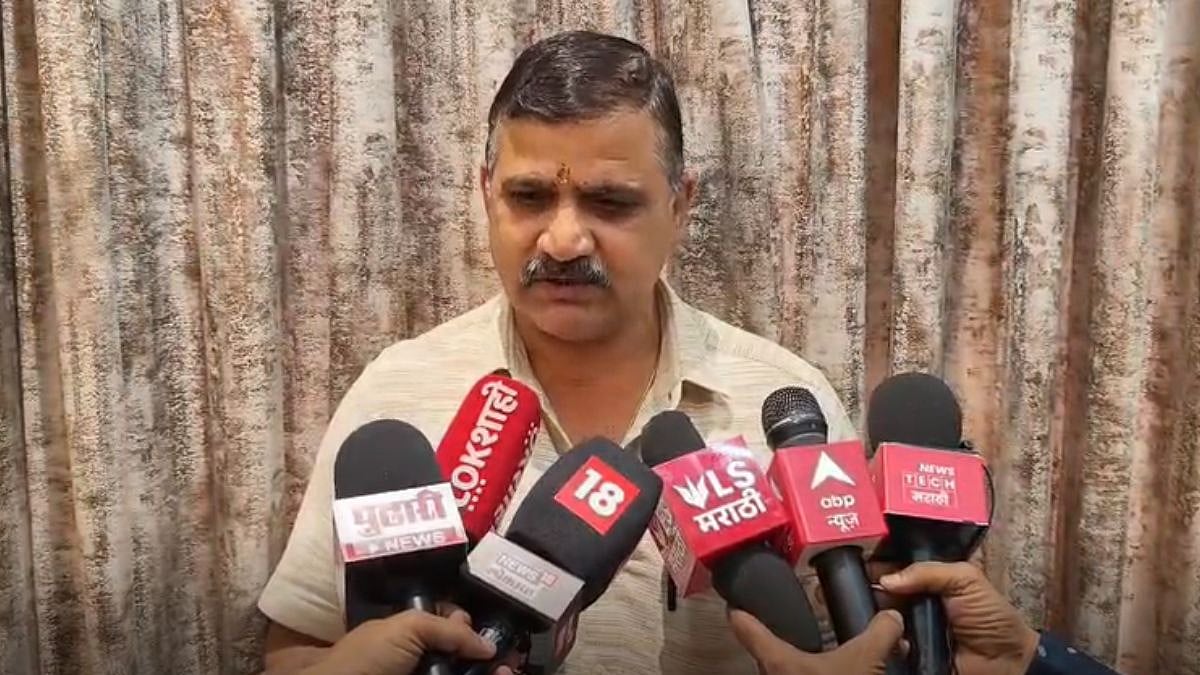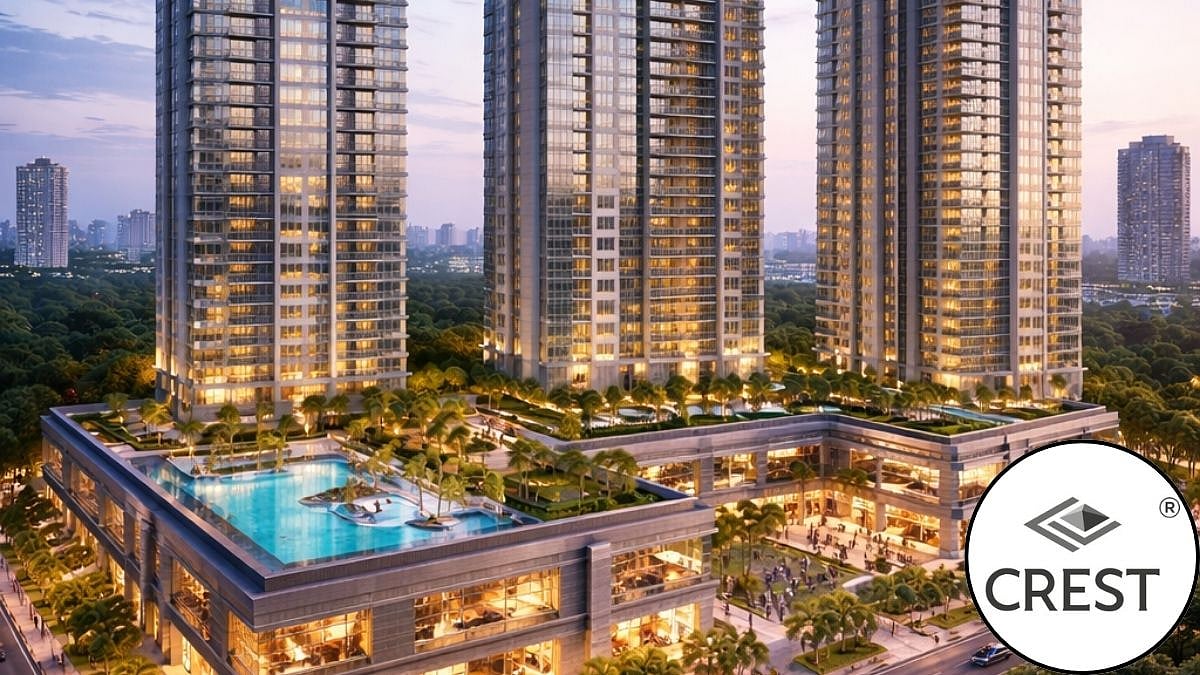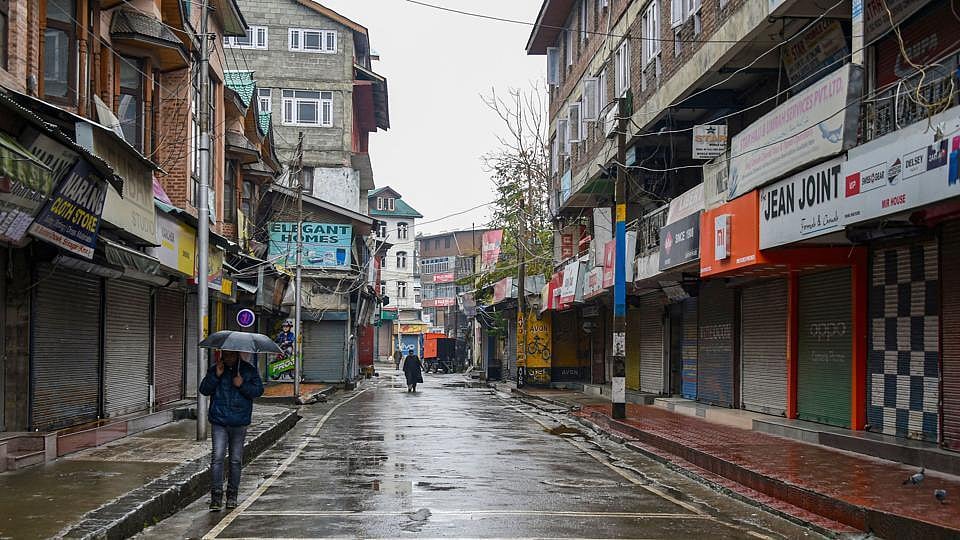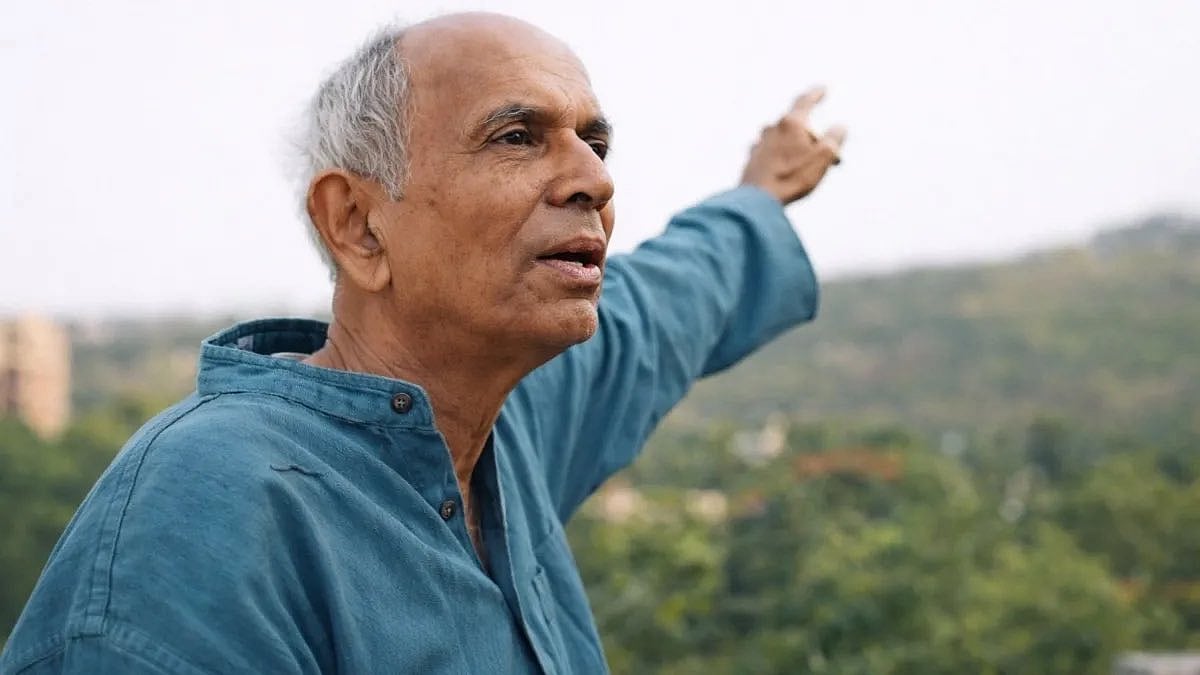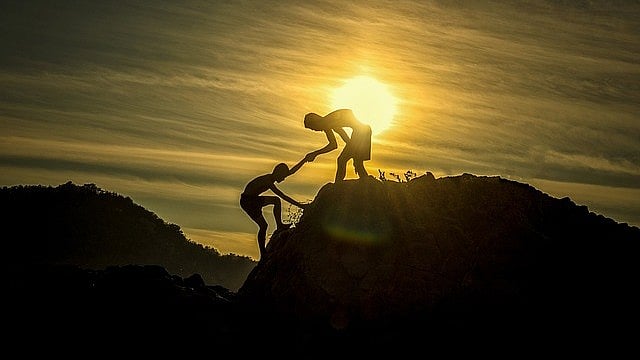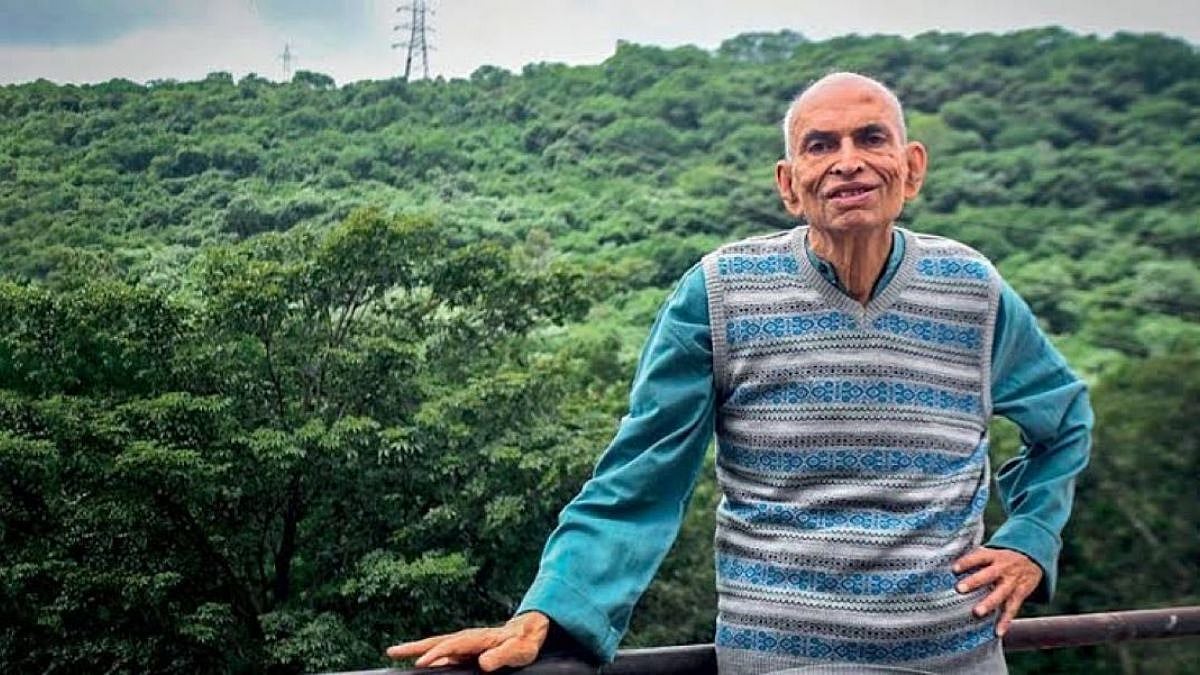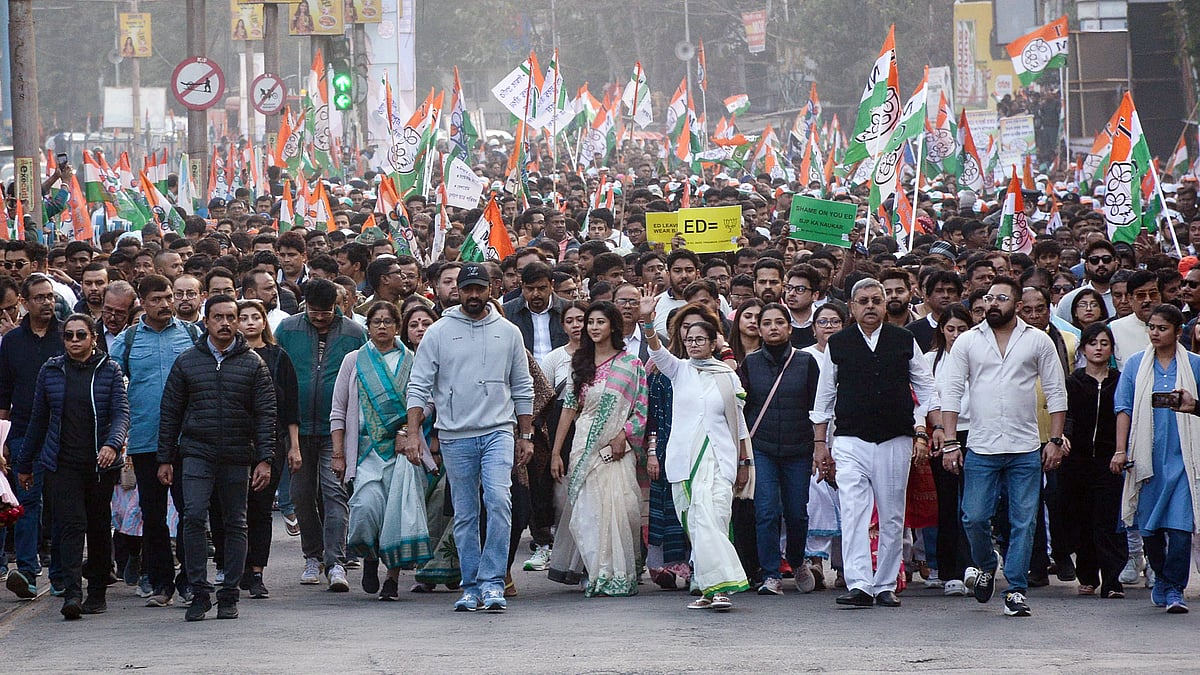On this day in 1950, a newly independent nation adopted one of the most remarkable visions of the future – the Constitution of India. It was a vision of not just how India wished to shape itself as a nation and as a society, but a roadmap for how oppressed people everywhere could fashion a truly free, equitable and just society. To paraphrase the words of the American astronaut Neil Armstrong on becoming the first human to set foot on the moon, India’s Constitution – a daring ‘vision statement’ for a nation just recently emerged from centuries of colonial rule and from the ashes of a horrendously divisive Partition – was a giant leap, not just for India but for the world itself. Over the past 72 years, it has helped shape the idea of India into a sovereign, socialist, secular democratic republic driven by the ideas of freedom and equality of all. The guiding principles of our Constitution have also ensured that democracy has not only survived but thrived, providing the framework of federalism which has helped create unity out of the incredible diversity that is India.
As always, we celebrate this day with a show of pomp and grandeur, a celebration of our military prowess and progress as a nation. The marching soldiers, the phalanx of tableaux from various states and the grand fly-past by the Air Force will all serve as a comforting reminder to us that amidst a rapidly changing world, some things will remain constant – above all, our determination to preserve and protect our hard-won freedom, which is what the show of military might is actually about. Yet, even the Republic Day Parade will not be completely spared from the upheavals that our country and the world has undergone over the past year. For the second year in a row, there will be no foreign head of state attending the parade as chief guest – the Covid-19 pandemic, which has stubbornly stuck on to become Covid-22, has seen to that. The parade too, will be a somewhat shortened affair, given that the economy is yet to recover from the devastating impact of the pandemic.
In fact, the stock markets, for a change, are reflecting the pessimism that has gripped the world at large. With war clouds looming over both West Asia, where the Saudi-Yemen conflict is threatening to escalate across a wider area, as well as in Europe, where Russian brinkmanship along the Ukrainian border has seen retaliatory sabre-rattling by the US and NATO, there is worry that the fragile recovery in the world economy will sustain. India has its own military challenges, with a belligerent China showing no signs of giving up its expansionist designs along the border.
On the economic front, the government has its task cut out to sustain the growth momentum. GDP projections ahead of the Union Budget for 2022-23 which will be released next week show the economy recovering to pre-pandemic levels by the end of the current financial year. However, that itself is nothing to cheer about as growth was in secular decline before the pandemic hit and 2019 itself was a lacklustre year for growth. From the fourth quarter of 2017-18 to the fourth quarter of 2019-20, GDP growth had plunged from 8.1 per cent to 3.0 per cent. Turning that around, and reviving private capital investments – a proxy for business’s confidence about the future – will be of paramount importance, even as the ongoing pandemic, and the continued impact of pandemic-induced restrictions, call for a continuation of
some of the welfare measures initiated to counter widespread loss of jobs and livelihoods. While commendable progress has been made on the vaccination front, the menacing surge of the Omicron variant has underscored that particular fight is by no means finished yet. Even as the push towards full vaccine coverage must be maintained, one cannot lose sight of the pressing need for booster doses for all, not just the elderly, and frontline workers as at present. The pandemic has also widened and deepened economic inequality – statistics show that while the bottom fifth of the population has become poorer over the two years of the pandemic, the top one per cent has got remarkably wealthier. With even the organised sector reporting job losses in December, this rising inequality amidst rising unemployment poses not just an economic but a social challenge which our leaders must address.
On the political front too, there are many challenges. A year-long stand-off between farmers and the government over the controversial farm laws, which so violently disrupted Republic Day celebrations last year, may have ended with the repeal of the laws, but the impending state assembly elections in Uttar Pradesh, Punjab and elsewhere are already showing a deeply fractured polity and deep divisions along caste and communal lines. The political class as a whole needs to ensure that the core commitment to democracy enshrined in the Constitution is upheld in letter and spirit.

